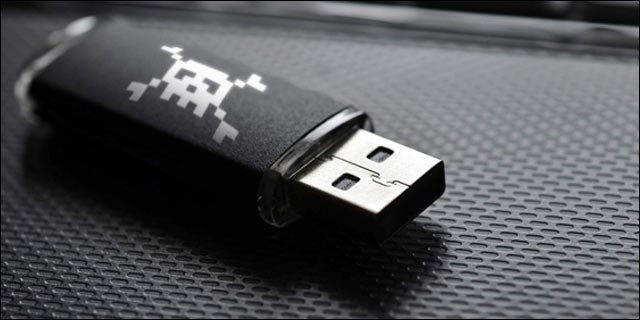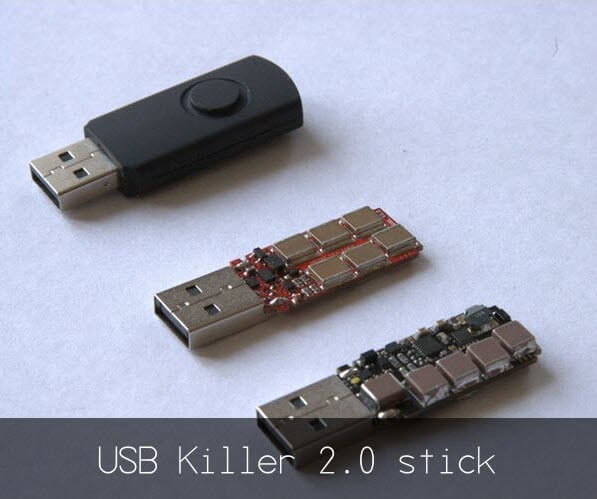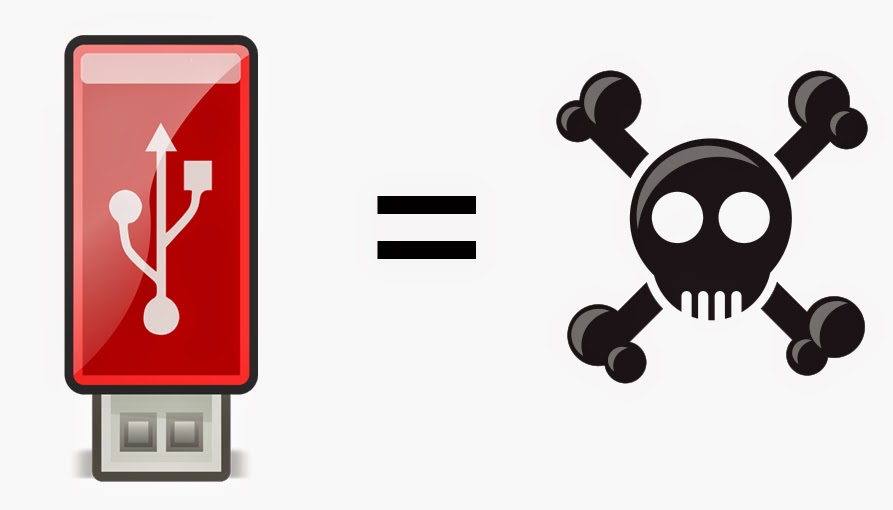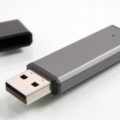 We’re all used to using USB devices with our PCs for easy connections, but it’s this convenience which also makes them perfect for hacking.
We’re all used to using USB devices with our PCs for easy connections, but it’s this convenience which also makes them perfect for hacking.
The hacks that grab the headlines are those that are distributed online and through email due to the huge numbers of people these can attack; USB sticks – and, in fact, any USB devices – are limited in their range due to their physical existence, but this doesn’t mean they can’t cause huge problems in localised areas. And hacks involving USB devices can completely disable your PC, so this can have a huge impact on the ability of your business to operate.
Therefore, we’ve decided it’s a good opportunity to give you a quick lesson on the USB hacks that can affect you and how you can counter this everyday threat.
The World of USB Device Hacks

Due to the presence of autorun software loaded on to USB sticks, all a hacker needs to do is ensure that their infected USB stick is plugged into a PC to activate it’s malicious payload. Sometimes, though, USB devices don’t even need to be plugged into the PC, so this is why they’re particularly tricky to identify and combat. Here are some of the most common hacks contained within USB devices:
- USBdriveby – This USB stick is easily identified by the chain attached to it (apparently this is so the user can wear it round their neck!) and contains a particularly nasty surprise inside. Once plugged into a PC, it begins to imitate your keyboard and uses keystrokes to disable firewalls, opens backdoors to allow remote control and tells network monitoring apps that everything is okay.
- KeySweeper – Disguised as a USB wall charger, the KeySweeper hack is a very well concealed device which uses wireless connections to identify and spy on local Microsoft wireless keyboards. And, by monitoring keystrokes, KeySweeper can quickly obtain login details and transmit these back to a remote location.
- BadUSB – Another USB stick hack, BadUSB impersonates your keyboard to allow itself to reprogram firmware associated with your existing USB devices e.g. network cards can be reprogrammed to send users to sites containing malicious software which can soon infect your entire network.
All of these hacks are very simple, but can cause a lot of damage, so how do you combat them?
Combatting USB Hacks

Thankfully, when it comes to USB hacks, there are some very simple steps you can take to combat them:
- Educate your users on the dangers of USB devices. Some hackers have been known to drop infected USB sticks in the car parks of large corporations in the hope that a curious employee will plug them into their work PC.
- Never ever use pre-owned USB devices in your business, always purchase new devices which can’t have been tampered with.
- Lock USB port use on the PCs that make up your business and only allow access to trusted administrators. This is perhaps the most guaranteed way to prevent any infected USB devices activating their contents as the USB ports will essentially be disabled and unable to do anything.
For more ways to secure and optimize your business technology, contact your local IT professionals.






